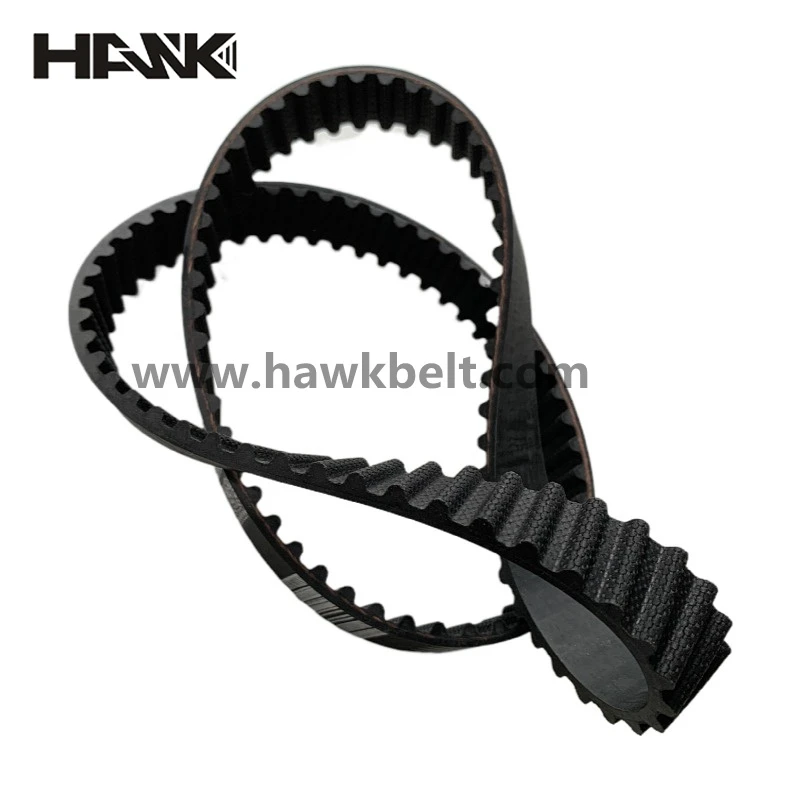- Arabic
- French
- Russian
- Spanish
- Portuguese
- Turkish
- Armenian
- English
- Albanian
- Amharic
- Azerbaijani
- Basque
- Belarusian
- Bengali
- Bosnian
- Bulgarian
- Catalan
- Cebuano
- Corsican
- Croatian
- Czech
- Danish
- Dutch
- Afrikaans
- Esperanto
- Estonian
- Finnish
- Frisian
- Galician
- Georgian
- German
- Greek
- Gujarati
- Haitian Creole
- hausa
- hawaiian
- Hebrew
- Hindi
- Miao
- Hungarian
- Icelandic
- igbo
- Indonesian
- irish
- Italian
- Japanese
- Javanese
- Kannada
- kazakh
- Khmer
- Rwandese
- Korean
- Kurdish
- Kyrgyz
- Lao
- Latin
- Latvian
- Lithuanian
- Luxembourgish
- Macedonian
- Malgashi
- Malay
- Malayalam
- Maltese
- Maori
- Marathi
- Mongolian
- Myanmar
- Nepali
- Norwegian
- Norwegian
- Occitan
- Pashto
- Persian
- Polish
- Punjabi
- Romanian
- Samoan
- Scottish Gaelic
- Serbian
- Sesotho
- Shona
- Sindhi
- Sinhala
- Slovak
- Slovenian
- Somali
- Sundanese
- Swahili
- Swedish
- Tagalog
- Tajik
- Tamil
- Tatar
- Telugu
- Thai
- Turkmen
- Ukrainian
- Urdu
- Uighur
- Uzbek
- Vietnamese
- Welsh
- Bantu
- Yiddish
- Yoruba
- Zulu
Dec . 13, 2024 02:08 Back to list
v belt drive
Understanding V-Belt Drive Systems
In the world of mechanical power transmission, V-belt drives have become a crucial component in various industrial and commercial applications. Recognized for their efficiency and reliability, V-belt drives offer an effective means to transmit power between rotating shafts while accommodating changes in speed and torque. This article delves into the characteristics, advantages, applications, and maintenance aspects of V-belt drives.
Characteristics of V-Belt Drives
A V-belt drive consists of a belt shaped like a trapezoid, which fits into corresponding grooves on the pulleys. The design allows for a snug fit, ensuring that power is effectively transferred from one component to another. V-belts are typically made of high-strength materials such as rubber or neoprene, infused with fabric and steel to enhance durability and flexibility. The belts come in various sizes and configurations, allowing them to be tailored to specific machinery and operational requirements.
V-belt drives are categorized primarily into three types classical V-belts, narrow V-belts, and raw edge V-belts. Each type has its own unique applications based on the required power transmission capacity, operating conditions, and space constraints.
Advantages of V-Belt Drives
One of the primary advantages of V-belt drives is their ability to handle a wide range of loads and speed variations. They can effectively transmit high torque at low speeds, making them ideal for applications such as conveyors and machinery that require considerable starting torque. Additionally, V-belt drives can accommodate small distances between pulleys, making them suitable for compact design configurations.
Another notable advantage is their cost-effectiveness. V-belts are generally cheaper than other forms of power transmission, such as chain drives and gear systems. Moreover, they require less maintenance and are easier to install, leading to reduced downtime and overall operational costs.
V-belts also operate with lower noise levels compared to chain drives, which makes them preferable for applications where noise reduction is essential, such as in residential and commercial equipment.
v belt drive

Applications of V-Belt Drives
V-belt drives are prevalent in numerous industries, with applications ranging from agriculture and automotive to manufacturing and HVAC systems. In the agricultural sector, V-belt drives are commonly found in tractors and combine harvesters, where they power essential components such as generators and pumps.
In the automotive industry, they are utilized to drive various accessories, including alternators, air-conditioning compressors, and water pumps. Manufacturing facilities frequently employ V-belt drives in conveyors, mixers, and other equipment that require reliable power transmission to operate efficiently.
Maintenance of V-Belt Drives
Although V-belt drives are relatively low-maintenance, regular inspection is crucial to ensure their longevity and optimal performance. Wear and tear can occur over time, leading to reduced efficiency and potential failures. Users should routinely check the tension, alignment, and condition of the belts.
Maintaining proper tension is particularly important, as belts that are too loose can slip and cause damage, while belts that are too tight can lead to premature wear on both the belts and the pulleys. Regular lubrication of the pulleys and maintaining a clean operating environment will also contribute to the system’s efficiency and lifespan.
Conclusion
In summary, V-belt drives are a fundamental element in the realm of mechanical power transmission, thanks to their versatility, efficiency, and cost-effectiveness. Their ability to handle varying loads and speeds makes them indispensable in today's industrial and commercial applications. Regular maintenance and timely inspections can significantly enhance the performance and longevity of V-belt systems, ensuring that they continue to provide reliable service in various equipment and machinery. As technology evolves, V-belt drives will likely remain a key player in power transmission systems, adapting to meet the demands of modern engineering and manufacturing.
-
Korean Auto Parts Timing Belt 24312-37500 For Hyundai/Kia
NewsMar.07,2025
-
7PK2300 90916-T2024 RIBBED BELT POLY V BELT PK BELT
NewsMar.07,2025
-
Chinese Auto Belt Factory 310-2M-22 For BMW/Mercedes-Benz
NewsMar.07,2025
-
Chinese Auto Belt Factory 310-2M-22 For BMW/Mercedes-Benz
NewsMar.07,2025
-
90916-02660 PK Belt 6PK1680 For Toyota
NewsMar.07,2025
-
drive belt serpentine belt
NewsMar.07,2025

